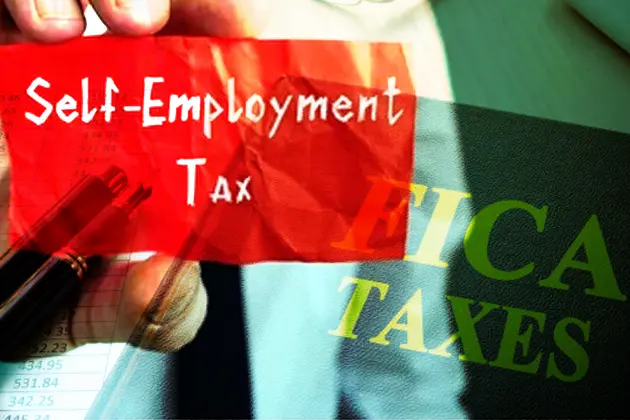As per the Self-Employment Contributions Act (SECA), small business owners in the USA are required to pay a self-employment tax amount of 15.3% of their net earnings. To accurately calculate and document these earnings, it’s essential for self-employed individuals to know how to make paystubs that reflect their income and tax obligations. Small business owners are required to pay this tax while filing their income tax return at the end of each year. FICA tax (Federal Insurance Contributions Act), on the other hand, is a federal payroll tax in the USA that gets deducted from each paycheck. There are many different income tax tools that can help with both types of tax calculations, but it is still important to know the difference between the two. This article gives an insight into how SECA is compared to FICA taxes.
SECA Tax
Passed in 1954 in the USA, the SECA tax is named after the Self-Employment Contributions Act, requiring small business owners to pay self-employment tax. Whether registered as a sole proprietorship or partnership, a business is liable to pay this tax, covering Social Security and Medicare. Self-employed people are required to pay the full amount of the SECA tax.
Therefore, they are allowed to claim 50% of the taxes paid by them while filing income tax returns. Payers of this tax are not required to have a formally registered business, but reporting the business taxes on Schedule C as a personal tax return would make one liable to pay the tax.
SECA Tax Amount
Now, to know “What is the amount of the self-employment tax?” data of the federal government involving this tax should be considered. The SECA tax rate for 2025 is 15.3% of the net income of self-employed persons. It is a combined tax of 12.4% for Social Security and 2.9% for Medicare, with an employer-equivalent portion of 6.2% and 1.45%, respectively. A sales tax calculator can also be useful for small business owners who need to compute gross and net prices accurately based on state-specific rates. It works both ways—helping estimate tax owed on sales or uncover the pre-tax value of an item by reversing the calculation.
FICA Tax
Payable by both employers and employees, Federal Insurance Contributions Act or FICA taxes are automatically deducted from payrolls. It is a percentage of each employee’s taxable wages and should not be confused with federal income tax. FICA taxes are deducted for Social Security and Medicare program purposes mandatorily from most employees and employers.
FICA Tax Amount
The current FICA tax rates for employers and employees are 6.2% for Social Security and 1.45% for Medicare. Altogether, both pay 7.65% of their total income as FICA tax for a total tax rate of 15.3%. The wage limit of FICA tax for 2025 will be $176,100 compared to $168,600 for 2024. There is an additional Medicare tax rate of 0.90% in FICA tax, applied to specific employees and self-employed person’s salaries, wages, and tips.
How Does SECA Compare to FICA?
Comparison between the Self-employment tax and the FICA tax explicitly discusses the below-mentioned factors:
1) Payers are Different for both Taxes: While comparing the SECA tax to the FICA tax, the difference can only be found in the payers of both taxes. Where SECA is paid by self-employed individuals running a small business, the FICA tax is split between employees and employers.
2) Difference in Benefit: As self-employed people solely pay the complete amount of the SECA tax, only they are allowed to claim half of the taxes they are paying. This doesn’t go for the payers of FICA tax, as employers and employees pay this tax collaboratively.
3) The Percentage Amount is Same for Both Taxes: Both the SECA and the FICA tax rate amounts to 15.3%.
4) Both Cover the Same Purpose: Both taxes are deducted for the purposes of Social Security and Medicare Programs, with the percentages of each being different for both taxes.
Research has shown that around 180 million workers are covered under Social Security for the FICA tax. Workers earn credits for Social Security benefits as they pay FICA taxes. Conversely, the SECA tax is deducted from net earnings and not from gross income. Paying these taxes is important as they contribute to the country’s Social Security and Medicare insurance. Through this article, you are now aware of “What Is the Amount of The Self-Employment Tax (SECA) And How Does It Compare To FICA Taxes?”










